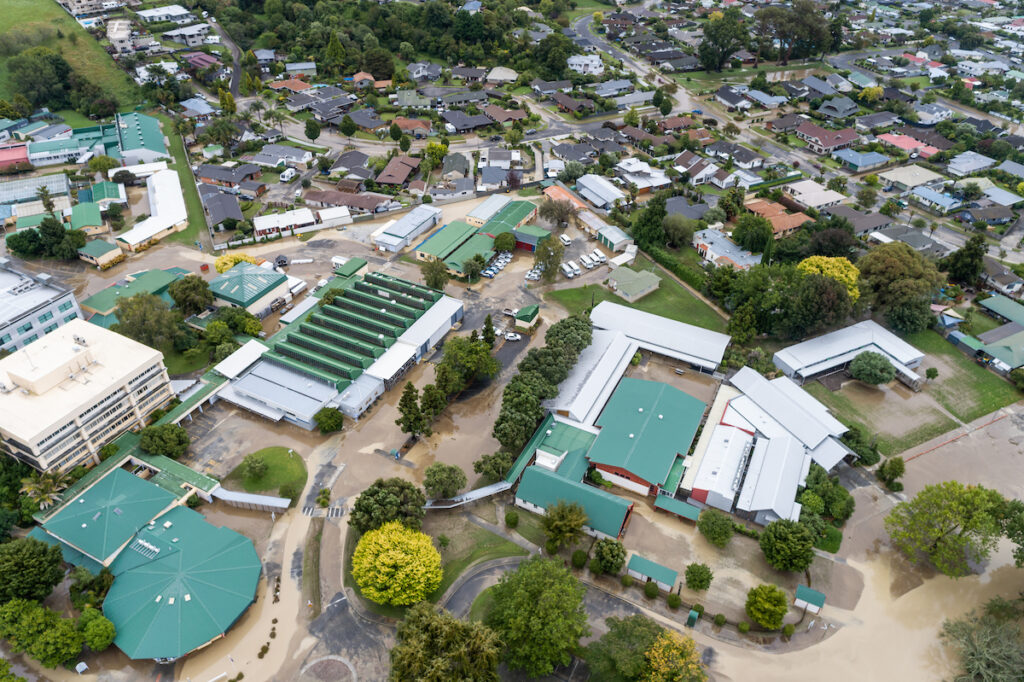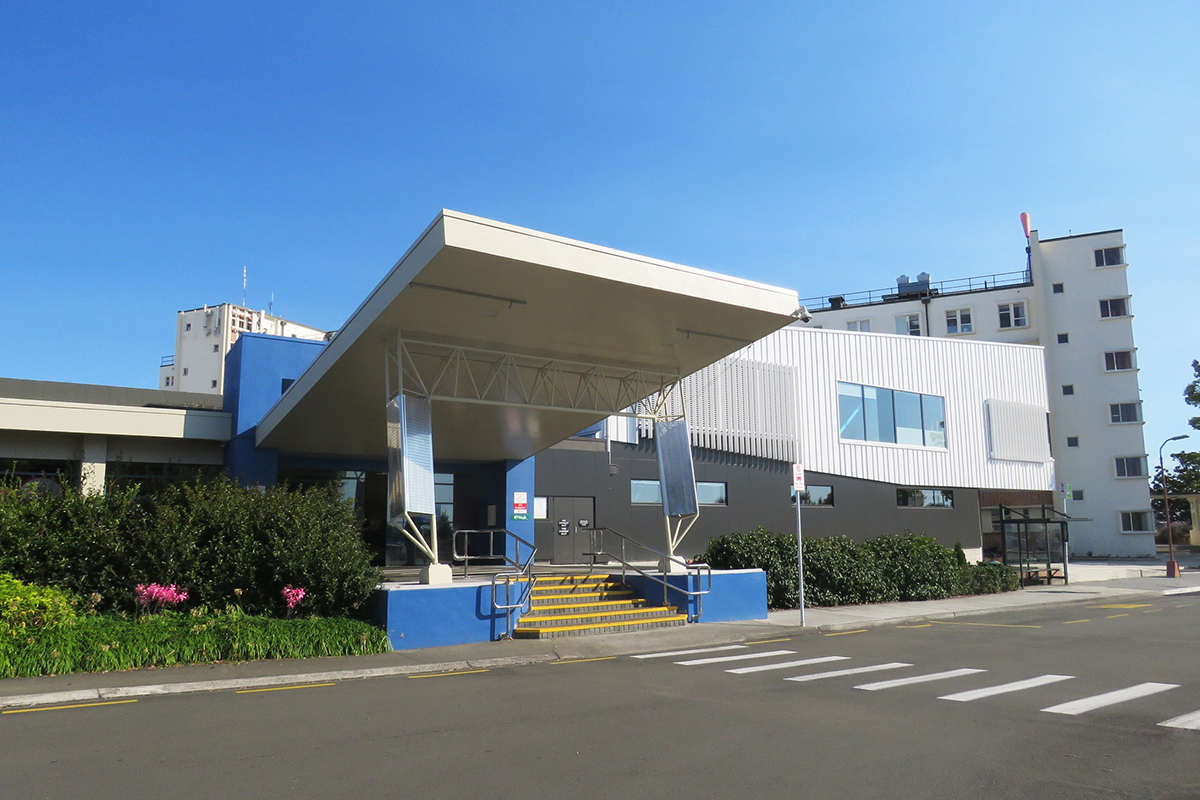Can you think of two more important institutions in Hawke’s Bay in terms of providing direct service to our populace than the hospital and EIT?
Do you have any idea who runs either of those?
You might, if you are employed by either. But otherwise, good luck.
Gone are the days when these institutions had any local accountability.
When you could call up the DHB Chair directly, Kevin Atkinson, and chew him out over delays to your hip surgery, or tell him (or one of the other elected DHB Board members) how you would improve the operation of the Emergency Department or upgrade working conditions for nurses. Atkinson would typically have that chat and use the ‘intel’ you provided to investigate and raise issues.
For its part, EIT used to have a real CEO, Chris Collins. He had an office; you could make an appointment. Or you could harass one of EIT’s local board members if you didn’t like how the place was run.
Today, the lines of accountability at both places are murky at best.
Nominally in charge at the hospital is Chris Ash, whose title is Chief Operating Officer. He’s protected by a phalanx of Comms staff whose job seems to be avoiding any outside inquiry into matters deemed possibly controversial.
That aside, the most important decisions about your hospital and its health care are made in Wellington … by someone even more faceless.
Thank God the hospital dodged a bullet with Cyclone Gabrielle – no physical damage and no casualties on the massive scale an earthquake or tsunami would probably cause. Imagine if we had a disaster that left the hospital as dysfunctional as the Napier sewage treatment plant. Who would be the accountable local champion fronting the recovery of medical services and standing up to scrutiny?
Physically, EIT was not as lucky. Possibly $30 million in flood damage, with 90% of buildings flooded and left with silt. Laudably, many classes were able to be conducted at locations dispersed around the region, even at Splash Planet. Some classes will resume on campus in mid-July, a prospect announced by Te Pūkenga’s national CEO Peter Winder.

But who’s driving EIT’s recovery process? As part of the national reorganisation of technical education (EIT is now EIT|Te Pūkenga), Chris Collins, head of one of the best such teaching institutions in the country, was ‘retired’. Then came Dave Christiansen, with the title of Executive Director. Now he’s apparently gone, and EIT veteran Glen Harkness holds that title, but with unclear authority (and was unreachable for comment).
Again, it seems to be someone far away and anonymous (the official HQ of Te Pūkenga is Hamilton) is deciding the recovery game plan for our local EIT.
To be clear, I’m not waging a campaign against consolidation in areas like health or education or delivery of modern water infrastructure … all of which must be delivered to a high standard and equally to all New Zealanders. But NZ has a small population and can little afford to have ‘everything, everywhere’.
However, visible and responsive local accountability is a different matter, even when key resource and strategic matters ultimately get decided at a higher level.
Consolidation and accountability need not be – should not be – mutually exclusive. Bureaucrats will generally run for cover … it’s in their DNA. We need something higher and more independent. Advisory Boards for these key institutions – with locally-appointed chairs and both ministry and local appointed members) – would be a step in the right direction.


Totally agree
Wow, yes, it’s very important to have accountability and a real person in charge.
Let’s not fall asleep at the wheel over such important issues, as they effect us all.
BayBuzz has just been informed that Chris Ash resigned from hospital position last week. Will try to determine who’s now at the wheel!
Thank you for raising this Tom. The other issue is the large number of people whose jobs have been “disestablished” in two of our biggest employers in the region – EIT and the DHB. Some of them may be “managers” (which apparently makes it ok) but they are good people with families and livelihoods to consider. And this at a time when the region is also struggling now and into the future with economic recovery from the weather events and Covid. I hope someone in the government is keeping an eye on how all these restructures are impacting at once. In my experience, it’s good people in the right jobs that make organisations hum – not endlessly rearranging desks and accountabilities.
But Tom, I thought you were the champion of centralisation! Wisdom has always suggested that when control is centralised local responsibility goes with it. What has happened at EIT and the Hospital shouldn’t be a surprise to any thinking person!
I thought what I wrote was clear.
NZ has too little money and technical talent to devolve everything that’s really important to local bodies. Like investing in First World hospitals and water infrastructure so that all NZers benefit equally. So in those matters centralisation is needed.
Which isn’t to say we don’t need local accountability mechanisms to help inform and birddog the process. We absolutely do.
Wisdom suggests the two are not mutually exclusive.
This strikes at the heart of people feeling in control of their lives.
Centralization without representation is a backwards step, and the proposed Three Waters legislation is another example of central government saying ‘we can run it better from Wellington’.
It’s true that all of the above need improvement and investment, but not at the cost of becoming powerless over our local representation.